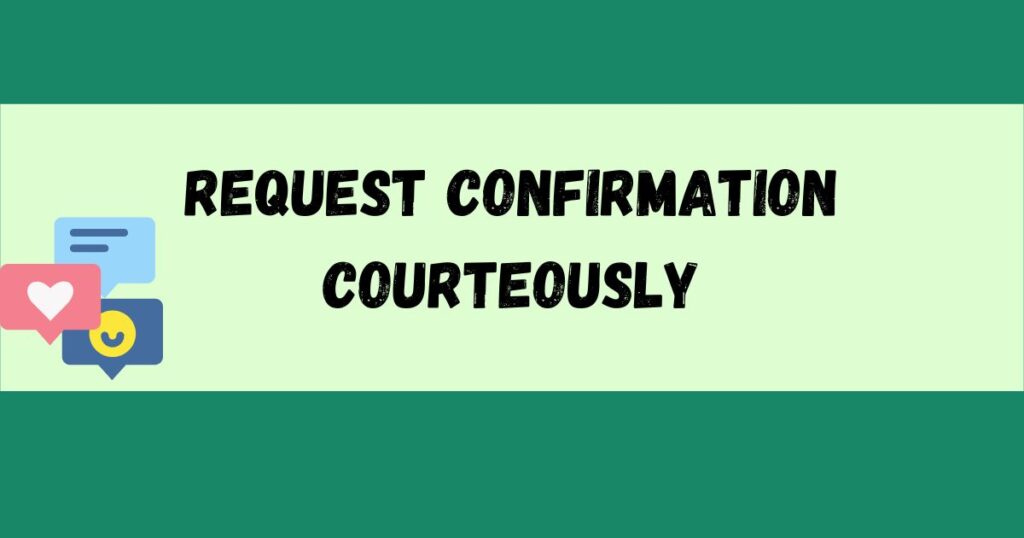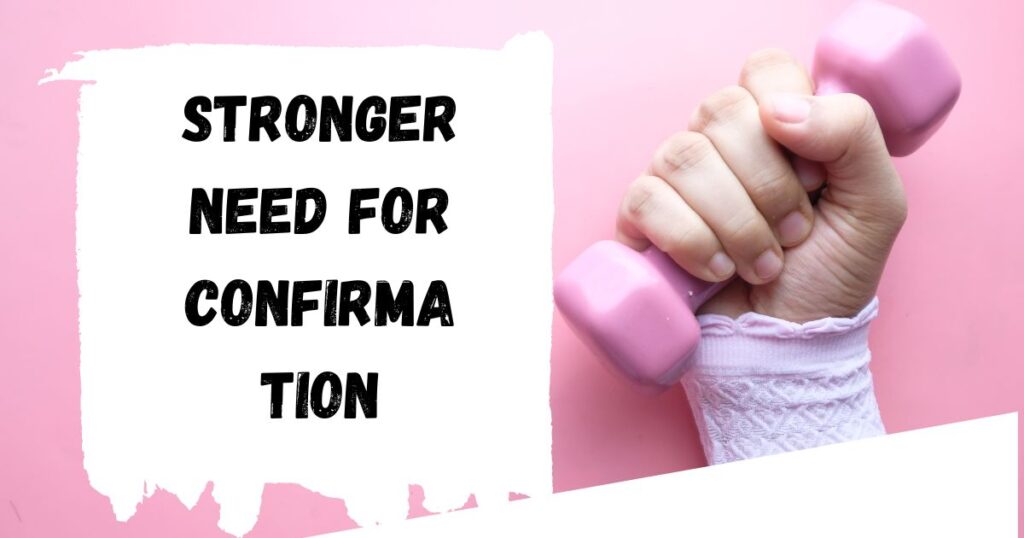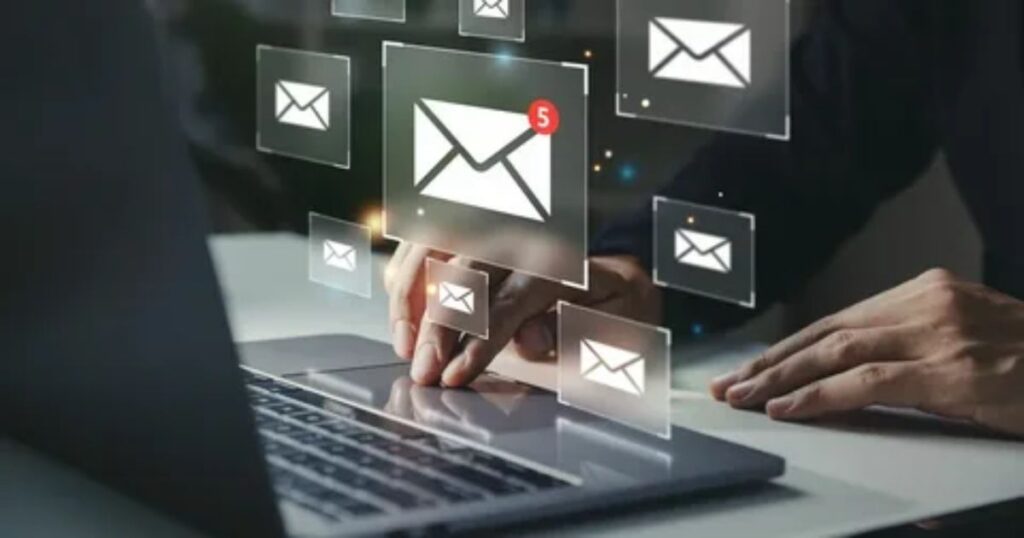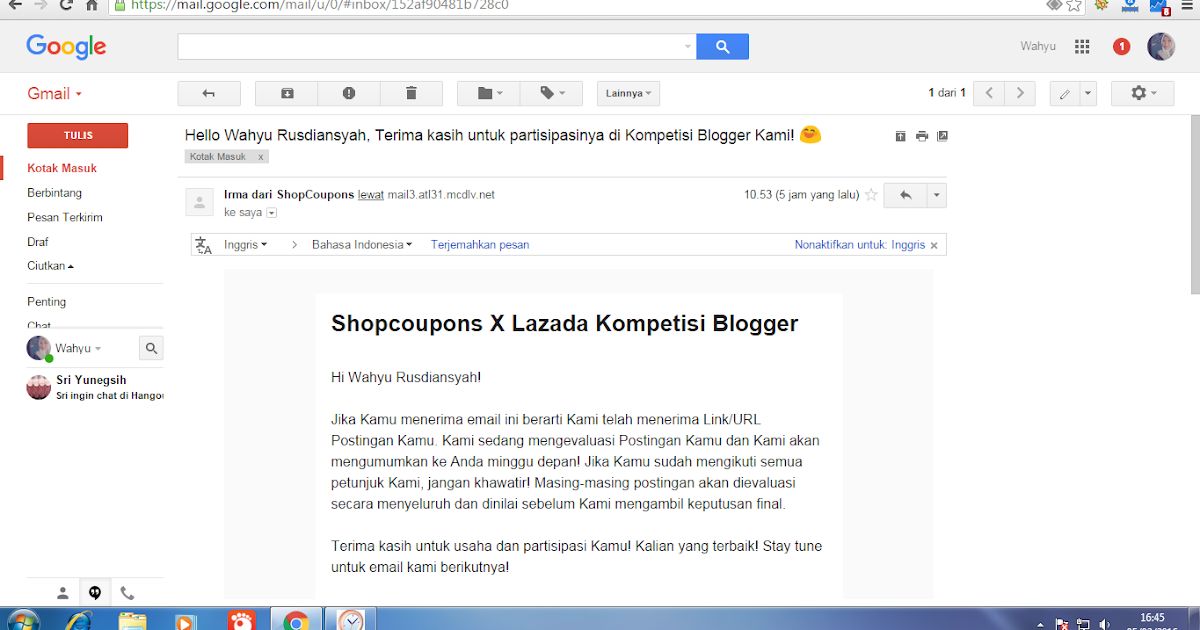In today’s fast-paced digital world, effective communication is crucial, especially in professional settings. One common request we often make in emails is to ask for confirmation of receipt. You might find yourself typing, “Please confirm receipt of this email,” but there are countless alternatives to make your request sound more engaging, polite, Please Confirm Receipt of This Email. This article will explore 15 ways to ask for an email confirmation without using the same old phrases.
Whether you’re drafting a business correspondence or following up on a casual message, this guide provides a comprehensive approach to email confirmation requests. By the end, you’ll understand the significance of request confirmation, how to enhance your email etiquette, and the best alternatives to communicate effectively.
Importance of Email Confirmation
Before diving into alternative phrases, let’s discuss why email confirmation is important. When you ask someone to confirm receipt of your email, you ensure that the recipient has received your message and can take the necessary action. Please Confirm Receipt of This Email
- Avoid Miscommunication: Ensuring that your message has been received helps to prevent misunderstandings.
- Promote Accountability: By requesting confirmation, you encourage recipients to acknowledge their responsibility for the information shared.
- Foster Professionalism: Using polite email requests enhances your professional image and demonstrates respect for the recipient’s time.
- Enhance Follow-up Emails: When you receive confirmation, you can effectively plan your next steps, leading to smoother communication.
With that context, let’s explore some effective alternatives to the phrase “Please confirm receipt of this email.”
Acknowledge the Message
One of the simplest yet effective ways to request confirmation is to ask the recipient to acknowledge your message. Please Confirm Receipt of This Email
Example: “Could you please acknowledge receipt of this email?”
Why It Works:
This phrase directly asks for an acknowledgment without sounding too formal .Please Confirm Receipt of This Email
Use Case:
This phrase is particularly useful in casual team communication or when reaching out to colleagues you have a rapport with.
Request Confirmation Courteously

When you want to maintain a formal tone in your communication, Please Confirm Receipt of This Email. For instance:
Example: “Kindly confirm that you’ve received this email.”
Why It Works:
Using “kindly” Please Confirm Receipt of This Email. it sound more courteous and professional. This approach is perfect for business correspondence or when contacting clients.
Use Case:
This phrase fits well in formal requests such as project proposals or legal documents.
Informal Approach
For more casual contexts, you can use a laid-back phrase that conveys warmth:
Example: “Please let me know once you’ve gotten this message.”
Why It Works:
Please Confirm Receipt of This Email. It invites a response without putting pressure on the recipient.
Use Case:
Best used among colleagues or in situations where a casual tone is appropriate, like internal team emails.
Verification Request
Please Confirm Receipt of This Email , a verification request can be beneficial:
Example: “Could you verify that this email has reached you?”
Why It Works:
This phrase directly emphasizes the need for confirmation, making it clear that a response is required.
Use Case:
This request is useful for urgent email follow-ups, especially when discussing important matters that require immediate attention.
Express Appreciation
Adding a note of gratitude can significantly enhance your email request:
Example: “I would appreciate a confirmation of this email’s receipt.”
Why It Works:
Expressing appreciation makes your request feel more polite and fosters goodwill between you and the recipient.
Use Case:
This is effective when you’re contacting someone who may be busy, as it acknowledges their time and effort.
Urgency Highlight
Please Confirm Receipt of This Email When time is of the essence, it’s important to convey that urgency clearly:
Example: “Please confirm receipt at your earliest convenience.”
Why It Works:
By requesting confirmation at the recipient’s earliest convenience, you underscore the importance of a timely response.
Use Case:
Use this phrase when sending urgent emails, such as project deadlines or important updates.
Gentle Reminder
Sometimes, a gentle reminder can prompt a response without sounding too demanding:
Example: “Could you please confirm receipt of this email when you have a moment?”
Why It Works:
This phrase is polite and shows understanding that the recipient may be busy. It encourages them to respond at their convenience.
Use Case:
This works well as a follow-up for previous emails where you haven’t received a response.
Simple Acknowledgment
A straightforward request can often be the most effective:
Example: “Please acknowledge that you have received this.”
Why It Works:
Direct and to the point, this phrase clearly communicates what you need without unnecessary complexity.
Use Case:
Ideal for brief messages or when reaching out to individuals who prefer concise communication.
Stronger Need for Confirmation

When you require a firm confirmation, Please Confirm Receipt of This Email
Example: “I need confirmation of your receipt of this email.”
Why It Works:
This phrase emphasizes the necessity of the confirmation, making it clear that a response is critical.
Use Case:
Best for situations where information is vital, such as legal communications or sensitive matters.
Related Guide:
15 Other Ways to Say “Safe Travels” (With Examples)
Safety Check
For situations where email delivery might be questionable, a safety check is appropriate:
Example: “Please let me know if this email arrived safely.”
Why It Works:
This phrase acknowledges potential issues with email delivery, which can help clarify any misunderstandings.
Use Case:
Use this when sending important documents or messages that may not have been received due to technical issues.
Follow-Up on Action
If you’re following up on a previous message, this approach can be effective:
Example: “Could you confirm you received my previous email?”
Why It Works:
This phrase directly refers to a previous email, prompting the recipient to check their inbox and respond.
Use Case:
Useful when waiting for a response on ongoing discussions or project updates.
Direct Approach
Sometimes, a direct approach is necessary, especially in time-sensitive situations:
Example: “Can you confirm receipt of this email?”
Why It Works:
Short and clear, this request cuts through the fluff and gets straight to the point.
Use Case:
Best used in urgent situations where a quick response is crucial.
Assurance Request
When you want to ensure that your message has been received, try:
Example: “Could you ensure this email reached you?”
Why It Works:
This phrase emphasizes the importance of confirmation and shows that you value their feedback.
Use Case:
Ideal for messages where you suspect they may not have been received.
Polite Check-in
If you’re casually checking on an email, consider this friendly option:
Example: “Just checking in—did you receive my email?”
Why It Works:
This informal phrase creates a friendly atmosphere and encourages the recipient to respond.
Use Case:
Great for following up with colleagues or clients in a less formal context.
Final Confirmation Request
In cases where you need a last nudge for confirmation, you might use:
Example: “Please confirm that you have received this email when you can.”
Why It Works:
This phrase allows the recipient to respond at their convenience while still emphasizing the need for a reply.
Use Case:
Effective as a final reminder, especially in situations where multiple follow-ups have occurred.
Further Exploration: Enhancing Your Email Communication

As you continue to refine your email communication skills, consider the following strategies to make your messages even more effective:
Understanding Your Audience
Knowing your audience is key to crafting an appropriate email. Are you communicating with a colleague, a supervisor, or a client? Understanding their communication style and preferences Please Confirm Receipt of This Email.
Timing Matters
The timing of your email can influence the likelihood of receiving a prompt response. Consider sending your emails during business hours when recipients are most likely to be checking their inboxes.
Follow-Up Etiquette
If you haven’t received a response after your initial confirmation request, it’s appropriate to follow up. A gentle reminder can reignite the conversation without coming off as pushy.
Example Follow-Up: “I wanted to check in regarding my previous email. Could you confirm receipt when you have a moment?”
Personalizing Your Emails
Adding a personal touch can enhance your request for confirmation. Use the recipient’s name and refer to previous conversations to build rapport.
Example: “Hi Sarah, I hope you’re doing well! Could you please acknowledge receipt of my previous email about the upcoming project?”
Utilizing Email Tools
Leverage email tools and features such as read receipts or delivery confirmations if Please Confirm Receipt of This Email. This can streamline the process of ensuring that your messages have been received.
FAQ’s
Why should I use alternatives to “Please confirm receipt of this email”?
Using alternatives enhances your email etiquette, making your communication sound more polite and tailored to the context, which can foster better relationships with recipients.
What are some effective alternatives for requesting email confirmation?
Some effective alternatives include phrases like “Could you please acknowledge receipt of this email?” and “Please let me know if this email arrived safely,” which maintain a professional tone.
When should I use formal phrases versus casual ones?
Formal phrases are best suited for business correspondence or communication with clients, while casual phrases work well with colleagues or in less formal settings.
How can I express urgency in my confirmation request?
You can express urgency by using phrases like “Please confirm receipt at your earliest convenience” to convey the importance of a timely response.
What is the significance of requesting email confirmation?
Requesting email confirmation helps prevent miscommunication, Please Confirm Receipt of This Email professionalism in your correspondence, ensuring that your message is acknowledged.
Conclusion
In summary, effective communication is essential in professional and personal interactions. By employing various phrases instead of the standard “Please confirm receipt of this email,” you can enhance your email etiquette and maintain a respectful tone while still ensuring you receive the needed acknowledgment.
Choosing the right alternative can improve your professional communication, strengthen relationships, and lead to smoother interactions. Remember to tailor your phrase based on the context and the relationship you have with the recipient.
Next time you need to request email confirmation, refer back to this list and choose a phrase that suits your situation. Polite email requests not only foster goodwill but also ensure that your messages are received and acted upon.
For further insights on confirmation request alternatives and effective communication strategies, feel free to explore additional resources and case studies on email etiquette.

As a content writer with five years of experience, I focus on creating insightful and impactful website content that drives engagement and boosts search visibility. With a strong foundation in SEO and digital marketing, I excel at crafting compelling narratives that resonate with audiences and enhance brand storytelling. My passion for data-driven content creation allows me to deliver pieces that not only inform but also inspire action. Whether through blog posts, web copy, or informative articles, I strive to empower businesses to connect authentically with their customers.







